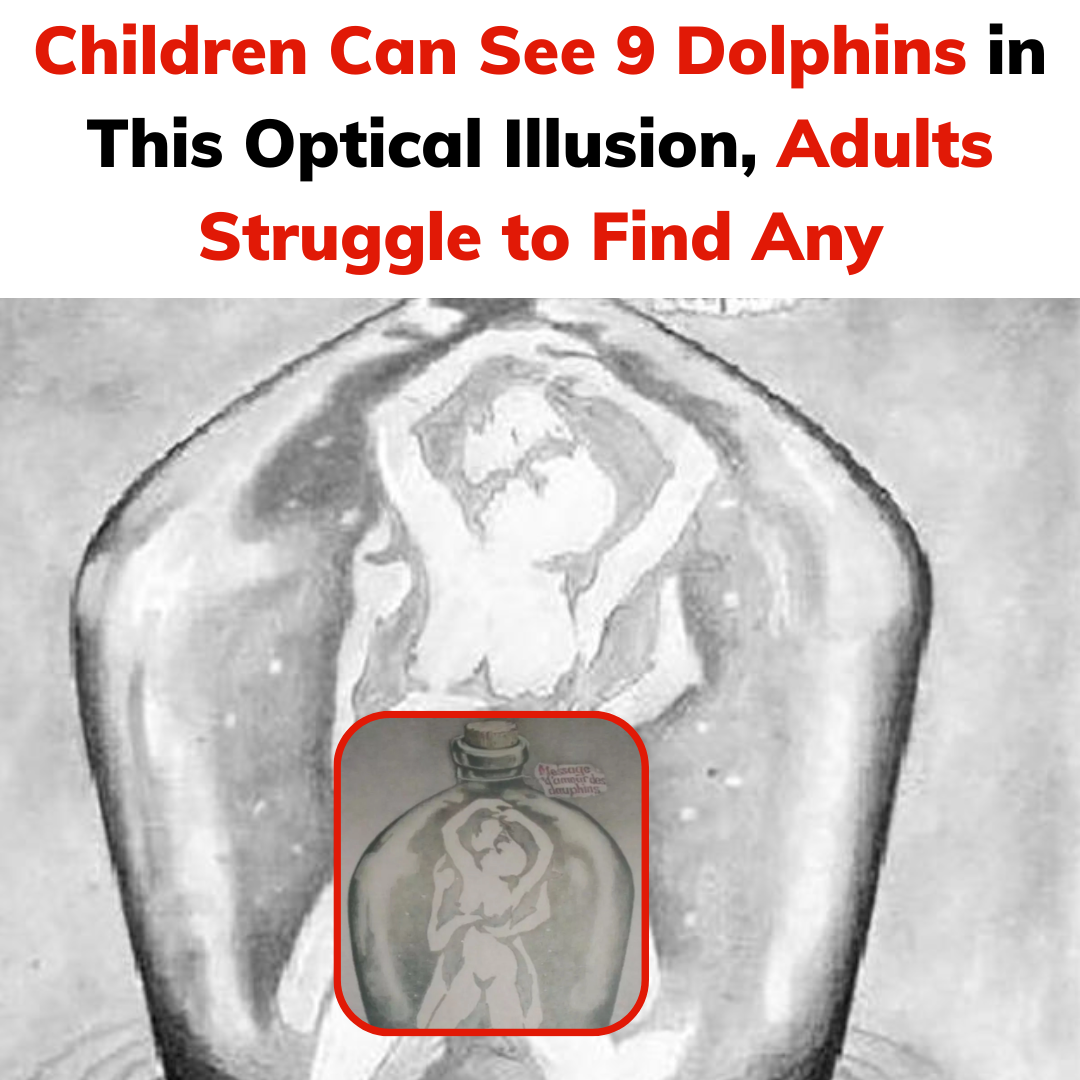
Personality test seekers may turn to an optical illusion for answers but an image that reveals how ‘corrupted’ your mind is, took the internet by storm in 2011. Message d’Amour des Dauphins — translated in English to “Message of love from the dolphins” — is a 1987 drawing by Sandro del-Prete that adults and children perceive very differently.
People may occasionally turn to an optical illusion for a deep dive into their personality traits or for a test of vision, but an image that had neither of those characteristics took the internet by storm in 2011.

“Message d’Amour des Dauphins” — which, when translated to English, means “Message of love from the dolphins” — is a 1987 drawing by Sandro del Prete that has made a splash time and again because it supposedly reveals whether your mind is “corrupted”. The seemingly provocative optical illusion shows an image in a jar that adults and children see very, very differently. Many grown-ups reported seeing it for a depiction of a couple in the throes of passion, with the naked woman being grabbed by her lover from behind.
However, younger audiences argue there are nine dolphins swimming inside the jar, failing to recognise the nude couple image altogether. The optical illusion, which appeared on Skeptics Stack Exchange, a Q&A website for “scientific skepticism”, left many divided with the description it carried. “Scientific research showed that children can’t recognise erotic scenes. Instead they see 9 dolphins,” the post read. “On the other hand, adult’s mind is rather “corrupted” so adult person may have problems spotting 9 dolphins at first eye glaze.
If you have trouble spoting dolphins in the first 6 seconds, then your mind is heavily corrupted, and you are seriously obsessed with sex! …better go and practice with easier examples.”
However, what an observer notices first in the figurebackground inversion has more to do with their lived experience rather than the depravity of their brain, according to artwork’s website. Since children are relatively unexposed to sexual imagery or genitalia, they’re less likely to perceive the optical illusion as such.
Adults often struggle to find any dolphin when showed the exact same image. In del-Prete’s own words: “Everything we see can be seen in another way. Therefore, I ask myself; isn’t everything an illusion anyway? Reality is but a question of perception, and perception inevitably varies according to one’s viewpoint. Different viewpoints lead to different dimensions.”












